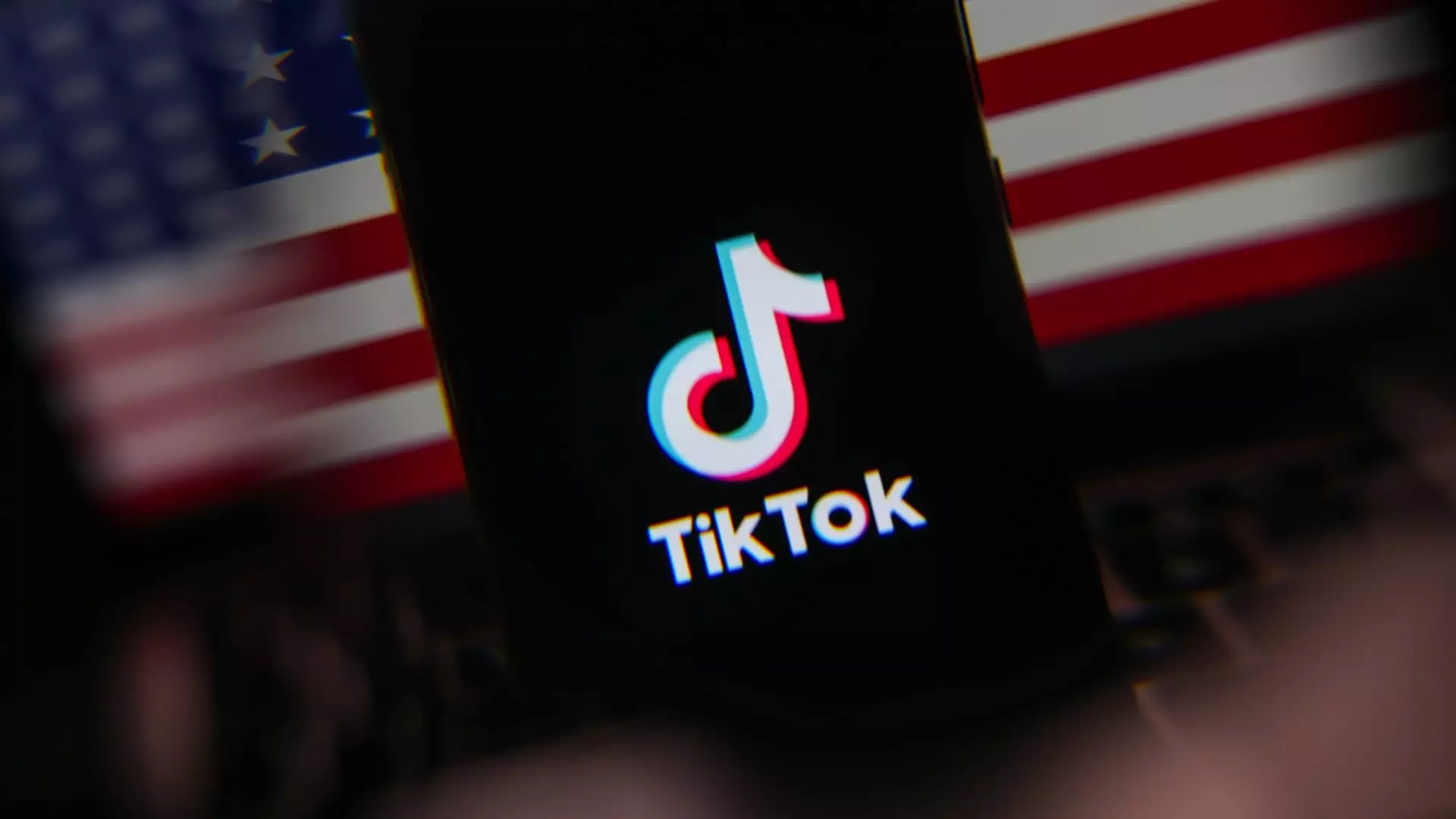On a seemingly routine Thursday evening, TikTok found its way back into the Apple App Store and Google Play, much to the relief of its devoted users. This re-entry came after the app was unceremoniously removed on January 18, a reaction to escalating tensions surrounding U.S. national security concerns and a pivotal law that threatened the app’s future in the country. The temporary halt of TikTok’s services in the U.S. was a wake-up call that highlighted the intense scrutiny foreign apps face in an increasingly polarized geopolitical landscape.
At the heart of this unfolding drama lies the Protecting Americans from Foreign Adversary Controlled Applications Act, a legislative measure aimed at compelling China-based ByteDance to divest its U.S. operations by January 19, or risk a comprehensive ban on its widely popular app. TikTok’s legal response articulated a compelling argument surrounding First Amendment rights, asserting that the app’s over 170 million American users should not suffer due to geopolitical maneuvering. However, the U.S. government firmly maintained its stance, linking ByteDance’s ownership to significant national security risks.
The tension escalated when the Supreme Court sided with the Biden administration’s viewpoint, emphasizing that legislative action was deemed necessary amid concerns regarding TikTok’s data practices. This judicial backing served as both a blessing and a curse for the app, fortifying the government’s arguments while also intensifying TikTok’s resolve to fight against the unjust perception it held of being a digital threat.
The narrative took an unexpected turn when former President Donald Trump intervened, urging a reconsideration of the ban. Expressing a desire for a 50% ownership stake in a joint venture, he signaled a willingness to preserve TikTok within the confines of U.S. regulations. This complex undertaking reflects a broader strategy that intertwines economic policy with the preservation of digital platforms. Trump’s executive actions indicated a blend of regulatory foresight and a grasp of TikTok as a cultural phenomenon unable to be ignored.
The interplay of governmental authority and business strategy reveals a stark contrast between the approaches of the two administrations. While Biden’s approach has been firmly grounded in security, Trump’s offered a more economic-driven alternative aimed at keeping the app operational, showcasing the clashing ideologies shaping digital governance today.
Despite its month-long absence from app stores, statistical evidence suggests that TikTok has rebounded impressively, recovering roughly 90% of its traffic compared to pre-ban levels. This resilience underscores not only the app’s ingrained position within the digital ecosystem but also the fervent loyalty of its user base, which remains undeterred by external threats.
TikTok’s turbulent journey is illustrative of broader tensions between technology and government oversight in an increasingly interconnected world. As the platform navigates this intricate landscape, it continues to be a vital player in shaping the future of social media and digital interaction amidst complexity and contention. Will TikTok emerge from these trials shielded by user loyalty, or will political decisions shape a different path forward? Only time will tell.

